Quick Crop Storage Facts:
| Moisture % | Temperature 0C | |
| Wheat | 14-15 | cool + monitor |
| Barley | 14-15 | cool + monitor |
| Oilseed Rape | 9-10 | cool + monitor |
| Peas & Beans | 14 or lower | – |
| Potatoes | – | 4-8 |
| Quick reference cheat-sheet (copy for your pocket) |
| Grain moisture safe storage: aim ≤14–15% (check buyer). OSR moisture: aim low (often <9–10%) to avoid heating. Silage DM: target ~28–35% for clamp silage (varies). Bale silage higher. Hay DM: >85% before baling. Store principle: dry + cool + clean + sealed + monitor. |
Crop Storage
| What is a hectolitre? |
|---|
| It is just a unit of volume = 100 litres It is used to measure a set volume of crop usually grain. So 100 litres of wheat might weigh 72 kilograms but can range from 70 to 85 kg/hl |
Arable Crops — Quality & Storage
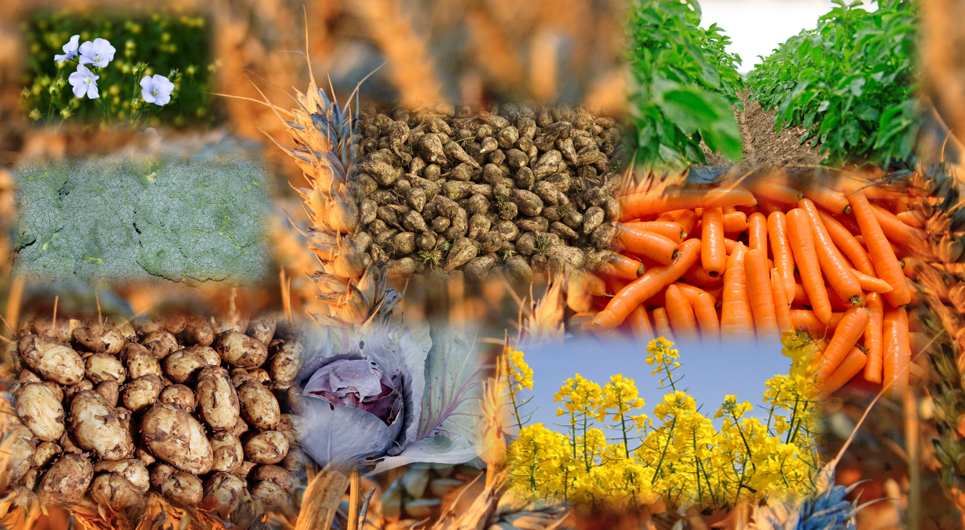
Quick intro
Arable crops: if you produce to the right quality and store smart, your crop keeps its value and your options widen. This page gives the essentials: what to look for, how to assess it, and how to store things so they stay useful and saleable.
Arable Crops: quality specs & storage principles
Note: buyer specifications vary. Think of the numbers below as typical targets or starting points — always check the contract or buyer spec sheet before marketing.
Wheat (milling vs feed)
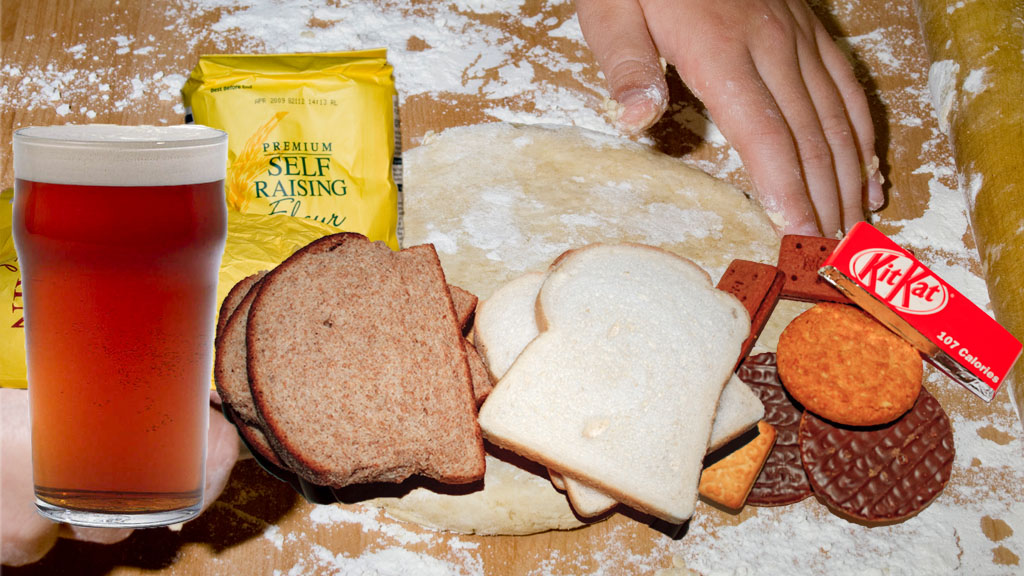
Quality points
- Milling wheat: high hectolitre weight (plump grain), low admixture/other grains, low screenings, low protein variability, low sprout damage (good Hagberg/Falling Number).
- Feed wheat: more tolerant on hectolitre weight and Hagberg but still expect clean grain, low dockage.
Typical targets (typical — check buyer):
- Hectolitre weight: higher is better for milling (targets often >72 kg/hl for milling).
- Moisture: aim ≤14–15% for safe storage.
- Hagberg/Falling number: higher = less sprouted (milling buyers want high numbers).
Storage principles
- Dry to safe moisture quickly; cool and ventilate.
- Clean out old residues — pests and fungal spores love mess.
- Monitor temperature and moisture; aerate to prevent hotspots.
- Use first-in/first-out and segregate suspect loads.
Common problems: condensation, heating, insect activity, sprouted/fermented pockets.
Barley
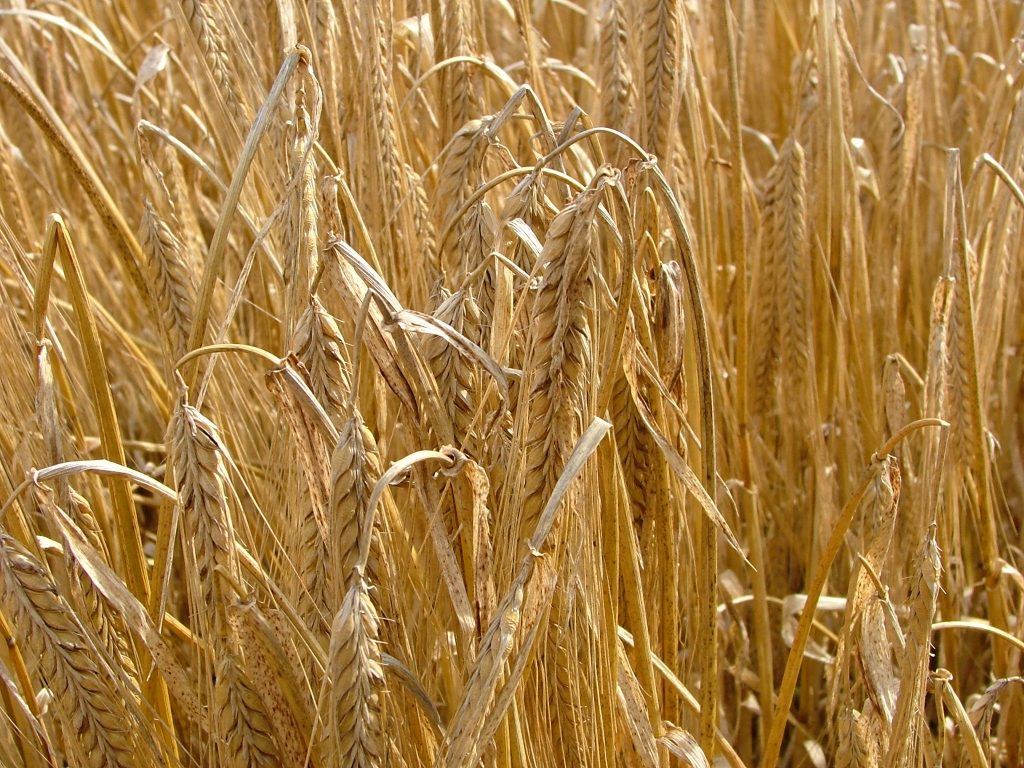
Quality points
- Variety (malting vs feed) affects spec. Malting barley needs uniform size, low screenings, low protein, specific germination energy.
- Moisture: ≤14–15% for storage.
Storage principles
- Same as wheat: dry, cool, monitor. Malting barley is premium — avoid admixture and maintain varietal integrity.
Oilseed rape (OSR / canola)

Quality points
- Oil content and seed damage important; admixture and immature seed reduce price.
- Moisture needs to be lower than cereals to avoid heating — often <9–10% recommended for longer-term storage.
Storage principles
- Very sensitive to heating and mould because of high oil content → cool, dry storage with good air movement.
- Beware condensation in bulk stores: surface crusting can hide heating underneath.
Peas & Beans
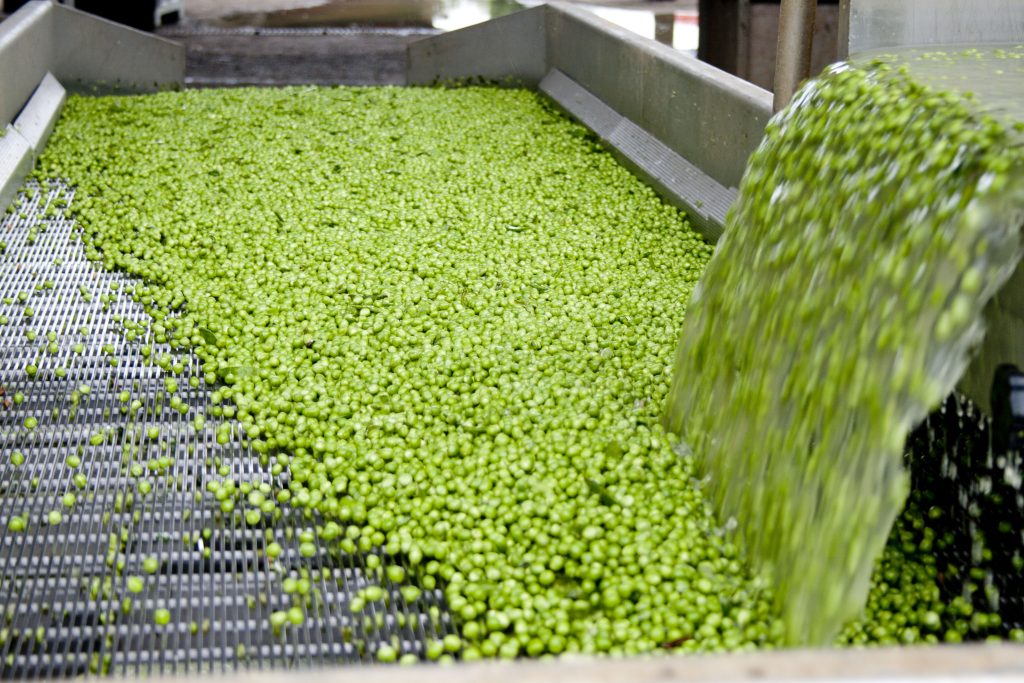
Quality points
- Clean, intact seed, low splitting, low impurities and soil. Buyers will specify acceptable moisture and grading.
Storage principles
- Dry to ~14% or lower.
- Large-seeded pulses can be prone to bruising — handle gently and avoid pressure points in store.
- Maintain pest control; rodents & insects love the protein.
Potatoes
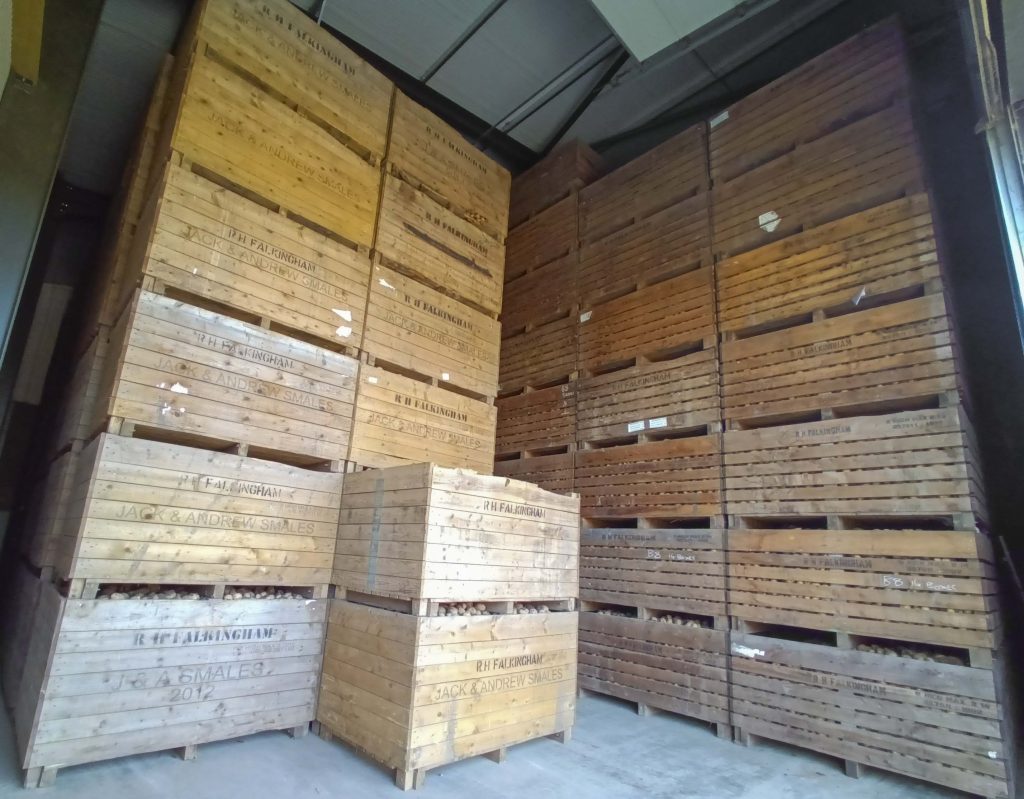
Quality points
- Intended use matters: table, chip, processing, or seed. Important attributes: size, shape, skin finish, dry matter (%) and absence of defects (bruises, late blight, scab, blackspot).
- Wash only if buyer requires — many stores prefer unwashed to reduce rots.
Storage principles
- Temperature control is critical. Typical ware potato storage: cool (around 4–8°C) but depends on variety and end use.
- Humidity: high relative humidity (near saturation) to avoid weight loss, but ventilate to prevent condensation and rot.
- Darkness to prevent greening and solanine production.
- Sprout control: chemical or mechanical as per label and buyer requirements; follow legal/regulatory advice.
Common problems: blackspot from rough handling, greening from light, rotting from warm/wet conditions.
Sugar beet

Quality points
- Sugar content (sucrose %), impurities (ash), and physical damage. Loss in sucrose due to respiration and microbe attack reduces value.
Storage principles
- Often held in clamps or left in-field until lift-to-supply; keep clamps well-drained and covered to reduce frost and rain infiltration.
- Minimise bruising and soil contamination at harvest; maintain good clamp hygiene.
Storage fundamentals for all arable crops (summary checklist)
- Dryness: get grain/seed to buyer-spec moisture quickly.
- Clean stores: remove old grain, sweep bins, clean conveyors.
- Aeration & temperature control: monitor and ventilate to avoid hotspots.
- Pest control: proof buildings, traps, inspect regularly.
- Segregation & traceability: keep batches separate; keep records of date, variety, moisture, origin.
- Sampling: take representative samples for testing before sale or storage.
Practical on-farm procedures & checklists
Simple grain store weekly check
- Visual inspection for dust, debris, spills.
- Check fans, vents, and aeration systems.
- Record temperature at several depths (hotspots?).
- Smell for off-odours.
- Check for insects/droppings and traps.
- Log humidity/moisture readings if instrumented.
Sampling basics (representative sampling)
- Take multiple core samples from different parts of the store (top, middle, bottom; across the clamp or within bagged stacks). Combine to form a composite sample for lab.
- Label clearly with date, field, clamp/stack ID, and take photographs.
Problems to spot (and quick fixes)
- Hotspots in grain: aerate during cool evenings or run fans; if too severe, consider moving/turning the load.
- Wet grain after rain during harvest: dry or aerate fast; do not bury wet into the middle of store.
Record-keeping & legal/health notes
- Keep records of deliveries, analysis results, treatments (e.g., preservatives), and pest control actions.
- Follow product labels and COSHH/health & safety when using preservatives, fumigants, or sprout inhibitors.
- For medicated feeds, follow withdrawal periods and legal storage/feeding records.
Quick reference cheat-sheet (copy for your pocket)
- Grain moisture safe storage: aim ≤14–15% (check buyer).
- OSR moisture: aim low (often <9–10%) to avoid heating.
- Silage DM: target ~28–35% for clamp silage (varies). Bale silage higher.
- Hay DM: >85% before baling.
- Store principle: dry + cool + clean + sealed + monitor.
Final tips (apprentice-level wisdom)
- Ask the buyer for the spec — then meet it. Contracts beat guesswork.
- Test before you feed. Lab analyses are cheap compared with a performance drop.
- Small problems become big fast. Find hotspots, wet patches, and mould early.
- Good record-keeping = evidence for assessments and easier troubleshooting.
- When in doubt, sample + test + isolate. Don’t gamble with animal health or product quality.
Below is presentation which gives more details about Oilseeds grown in the UK.
